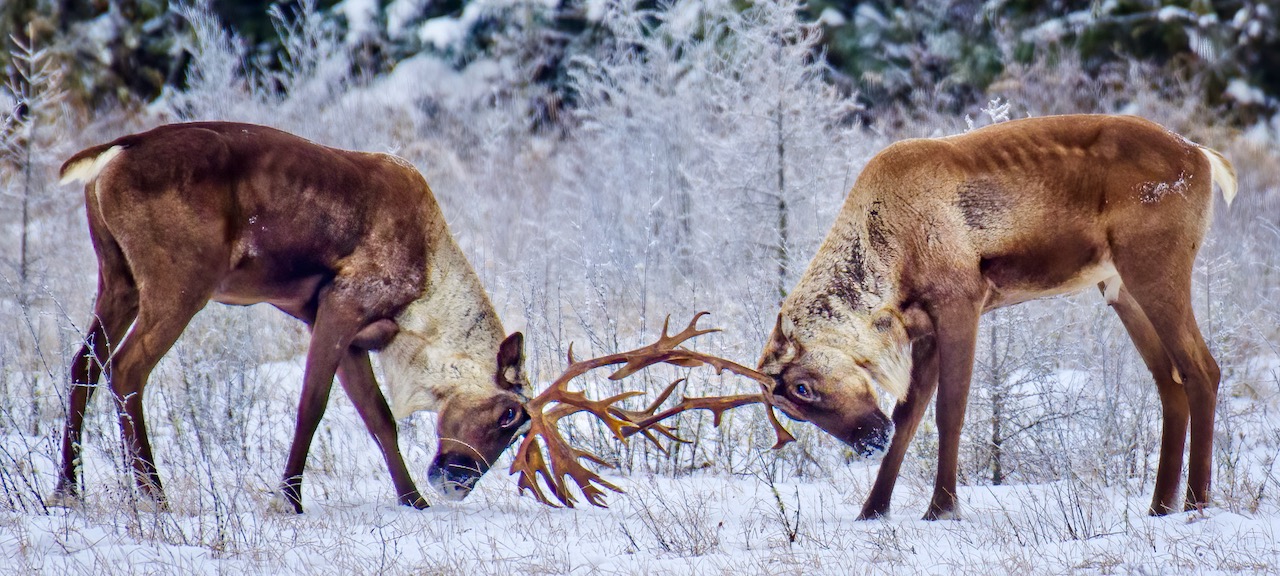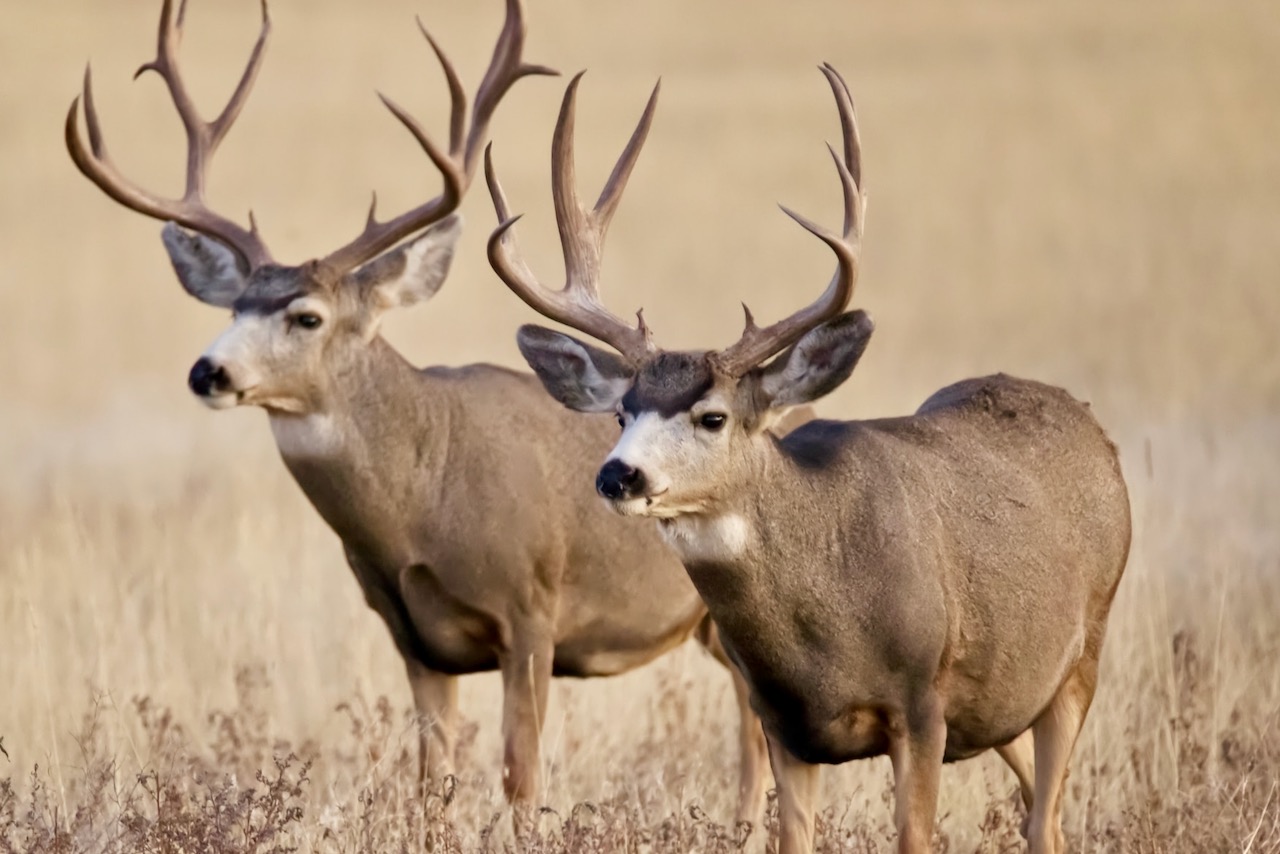ANTLER ACADEMY
Here’s what you need to know to bring home a true trophy—and stay on the right side of the regs
Advertisement

#4 WHY DO MALES GROW ANTLERS?
One suggested role for antlers is defence against predators. This is not a strong argument, however, because males only have their antlers for half of the year, and females almost never sport headgear (see #6). The most likely primary purpose of antlers is to both intimidate rival males and attract receptive females during the fall breeding season, or rut. Depending on the species and location, the rut can occur anytime between September and November, and sometimes into December. Generally, it begins earlier for larger cervids, such as elk and moose, than it does for deer.
Two males interested in the same female will grunt and snort as they show off their antlers. Actual fights between males are rare, as most often one of the potential combatants concedes defeat after seeing his opponent’s superior weaponry. If that doesn’t happen, however, they may crash antlers together and try to gain the advantage by pushing and twisting. Eventually, a winner will claim the right to breed the local females. Occasionally, the antlers can become totally locked together during battle, and the two males will eventually starve to death.
Advertisement
Antlers are so important in cervid society that a male’s skeleton can be stripped of minerals to meet the demand of antler growth, leading to temporary osteoporosis. When the rut is over, he must make up for the mineral deficiency through his diet, just as winter sets in.

